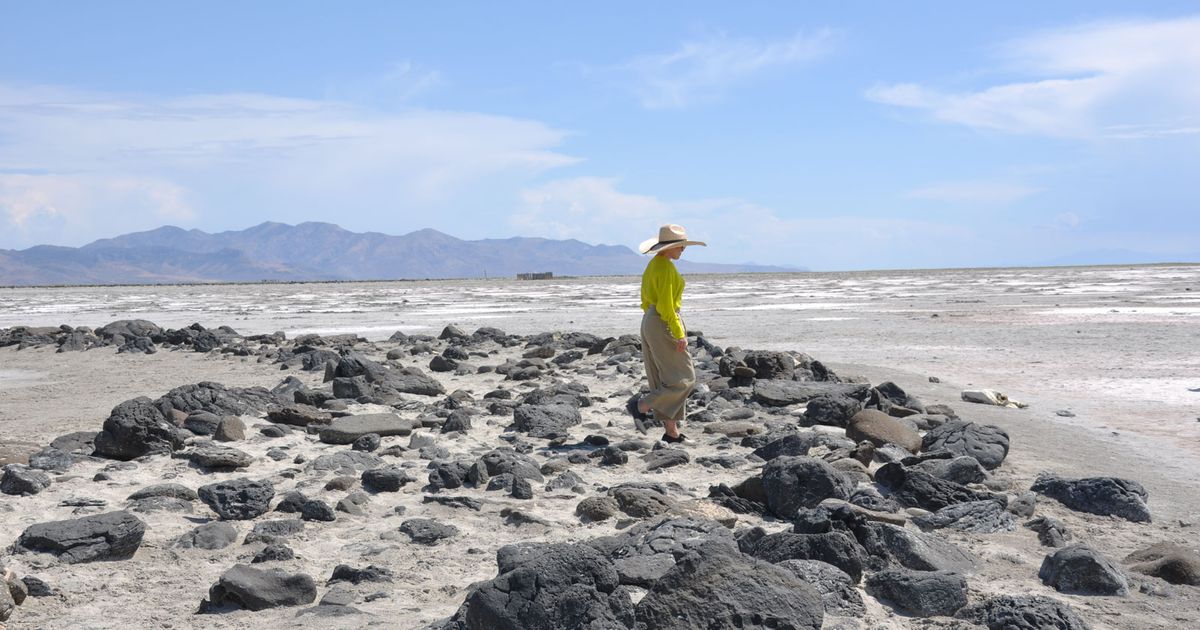 Lisa Le Feuvre, executive director, Holt/Smithson Foundation
Lisa Le Feuvre, executive director, Holt/Smithson Foundation
Writing in Space, 1973-2019 (2020) by Lorraine O’Grady
What Artists Wear (2021) by Charlie Porter
“The best summer reading needs to be portable, filled with passages that are irresistible to read out loud to fellow hot weather lounging companions, and books you know will not disappoint. Travelling to do nothing with a bad book by your side is a sure route to teeth-gnashing frustration. I have two books on my table ready to travel with me as soon as I set about summer horizontality. Both Lorraine O’Grady and Charlie Porter are wonderful and inspiring writers. The collection of O’Grady’s erudite and charged writings spans 1973 to 2019; each entry contests and reimagines structures of power. Porter takes a journey through the often-unspoken language of clothes, charting and observing their use as armour and invention.”
 Rachel Goslins, director, Smithsonian’s Arts and Industries Building
Rachel Goslins, director, Smithsonian’s Arts and Industries Building
The Tsar of Love and Techno (2015) by Anthony Marra
“The Tsar of Love and Techno is a resonant, multi-faceted meditation on the gravitational pull of art in the constellation of human history, memory and resilience. A series of interconnected stories set in pre- and post-war Russia, we are introduced to a tapestry of characters whose lives surge and recede and connect through generations, often in unexpected ways. A 1930s Soviet censor tasked with erasing people from historical photographs, a disgraced ballerina staging Swan Lake in a labour camp, a curator who opens a museum of regional art in his run-down apartment in Grozny, an unremarkable 19thcentury oil painting that becomes an obsession and a metaphor for the unreliability of history. Darkly funny, lyrical, poignant and surprising, what emerges is a winding thread of how art both saves and betrays us, how we use it to both wound and heal.”
 Bettina Kames, director, Light Art Space
Bettina Kames, director, Light Art Space
Atlas of Anomalous AI (2020) by Ben Vickers
“With art you can tell stories, change perspectives and shed light on certain topics that would otherwise have remained hidden. Atlas of Anomalous AI by Ben Vickers presents a hyperdimensional view of the world, through a broad range of perspectives that explore the question of what AI (artificial intelligence) has been and what it is becoming. Key texts on modelling, prediction and automation are brought together with stories of science fiction, dreams and human knowledge, set among visionary and surreal images, seen in the chapter titled Art in the Age of Machine Intelligence. You sink into this book and completely lose your surroundings. An ideal companion for a summer holiday or simply a relaxing evening on the balcony.”
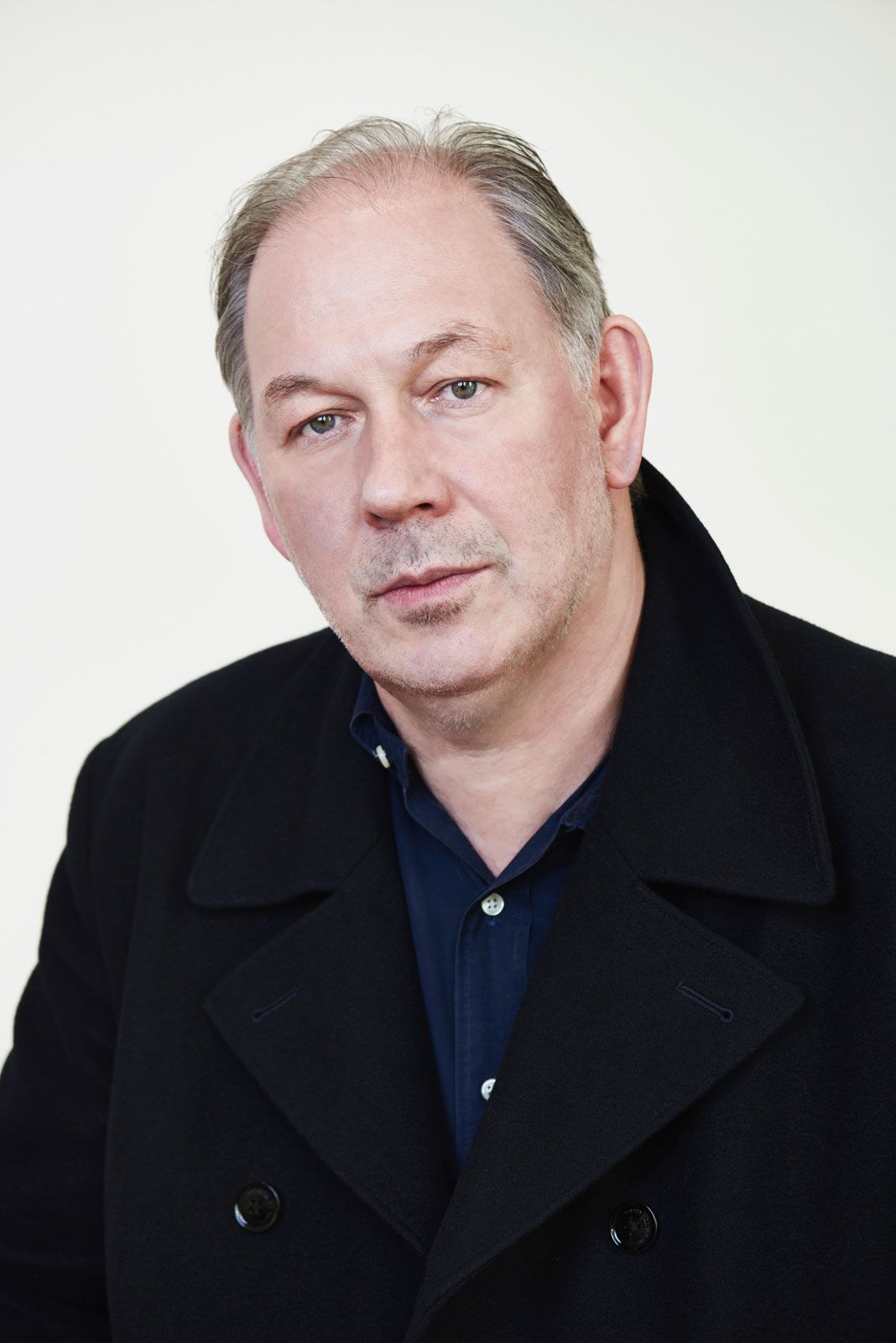 Michael Benson, co-founder of Photo London
Michael Benson, co-founder of Photo London
A Painter to the King (2018) by Amy Sackville
“In 1622 Philip IV of Spain issued a royal command that Diego Velázquez should leave his native Seville and attend the royal court in Madrid. Initially hesitant, Velázquez becomes—over his years as the King’s favourite both—an observer of the decadence of the court, a chronicler of its machinations and a source of fascination for the king who would often stand in silent wonder in Velázquez’s studio watching his likeness take shape on the canvas. Every line of Sackville’s brilliantly inventive prose demands attention. This is simply the best novel about painting I have ever read.”
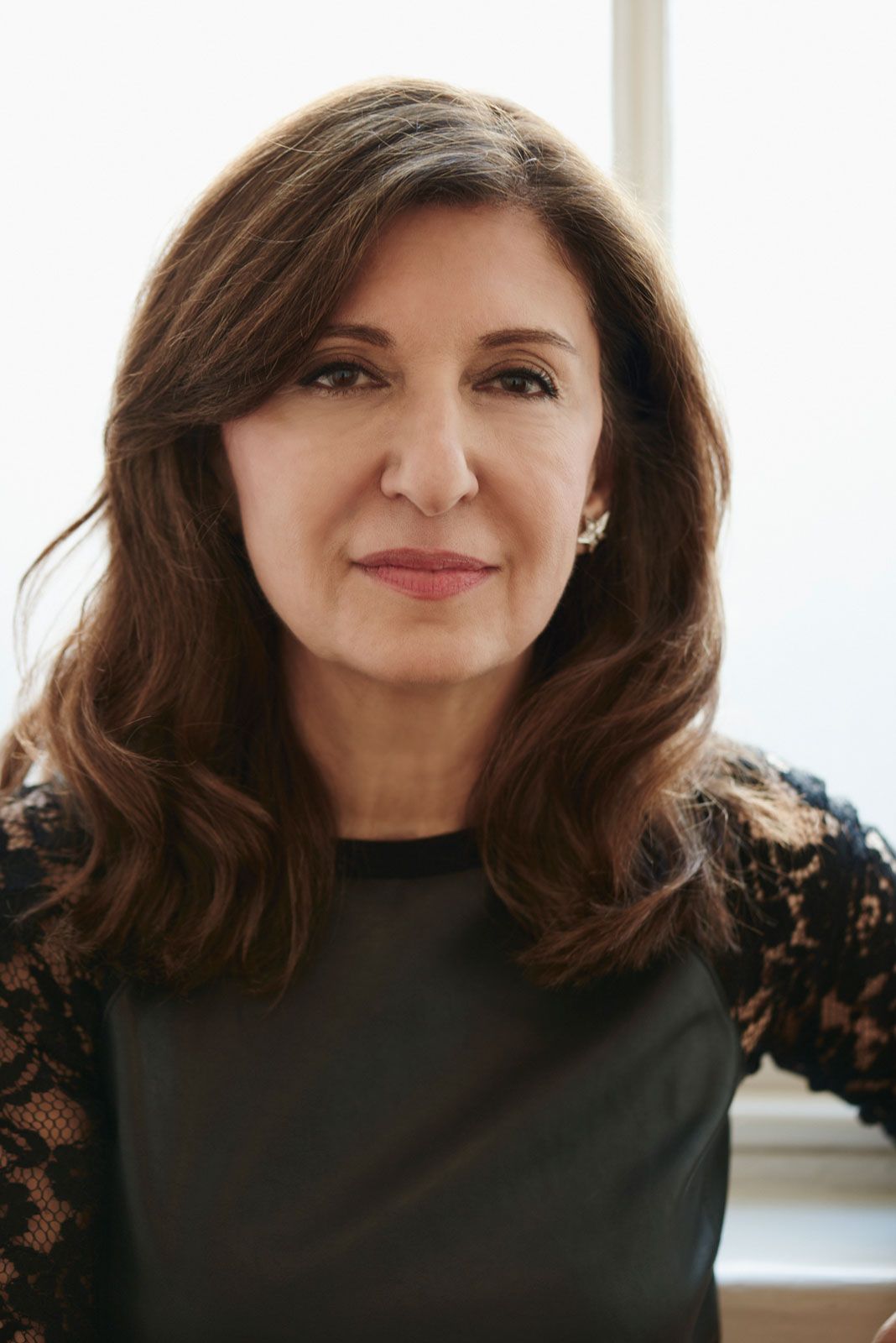 Fariba Farshad, co-founder of Photo London
Fariba Farshad, co-founder of Photo London
Killing Commendatore (2017) by Haruki Murakami
“Murakami’s narrator is a painter of portraits of no great depth. His wife’s decision to divorce him causes him to leave Tokyo for the mountain home of a famous artist, Tomohiko Amada. When he discovers a previously unseen painting in the attic, he unintentionally opens a circle of mysterious circumstances whose closing requires the usual sequence of playful, supernatural and, frankly, weird events that are Murakami’s stock in trade. The length of the novel and Murakami’s exuberance, which ranges from Japanese myth to F. Scott Fitzgerald, make this a perfect book for a long summer read.”
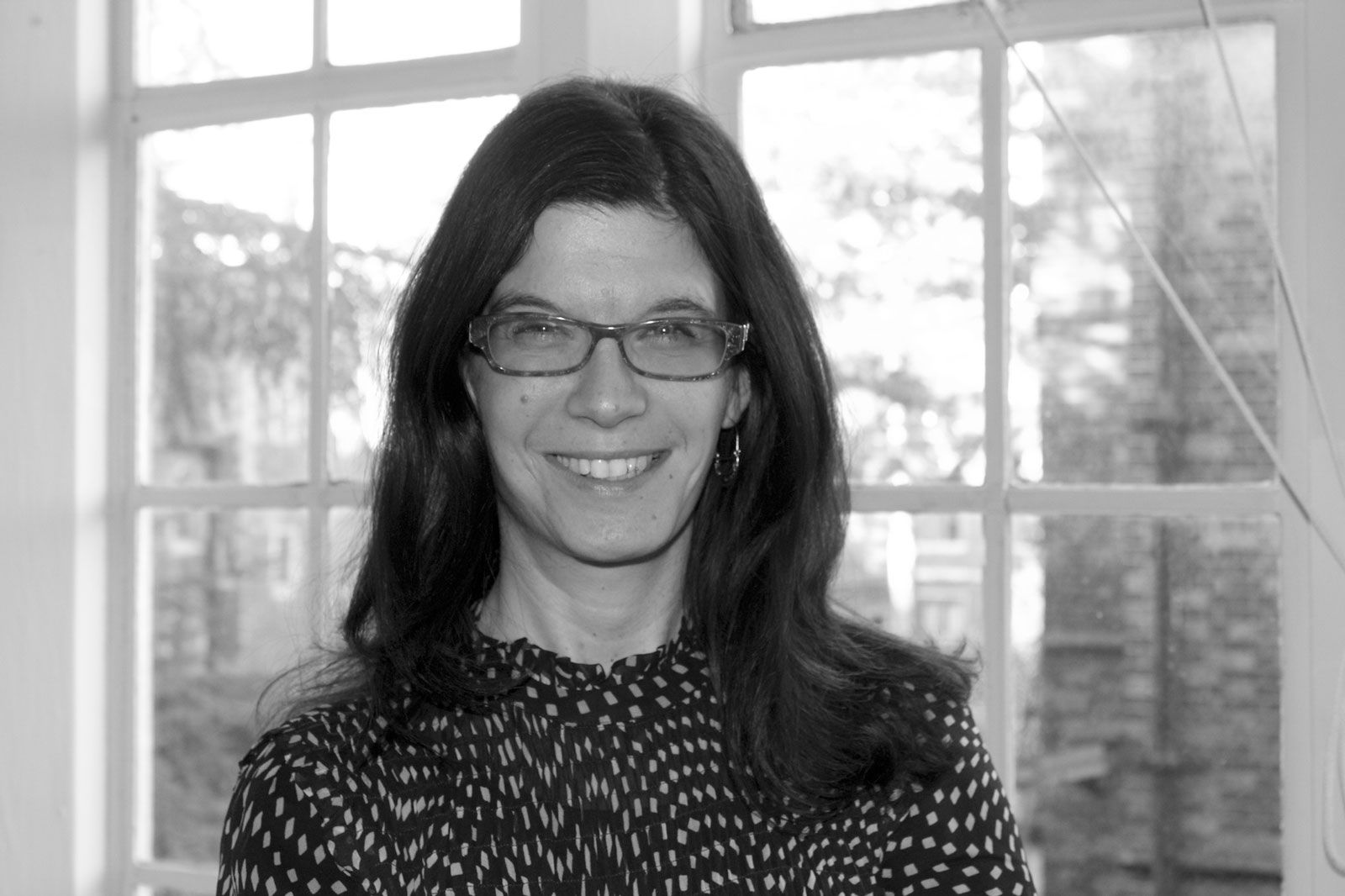 Susie Biller, assistant director, Kettle’s Yard
Susie Biller, assistant director, Kettle’s Yard
The Marduk Prophecy (2020) by Cedar Lewisohn
“The book I will be taking with me up a hill in Wales this summer is The Marduk Prophecy. It’s essentially an opportunity to have a work of art in one’s hands; it’s an abstract comic book of handmade woodcuts and lino prints. The images are at once familiar and unfamiliar, I’m not always sure what I’m looking at, but I want to carry on looking; there are references to objects Cedar Lewisohn has drawn in museum collections alongside views of Lewisham. As Lewisohn says it’s like ‘time travel through art works’. By being released from words you can take time to look properly. You can ‘read’ it over and over and see something new every time.”
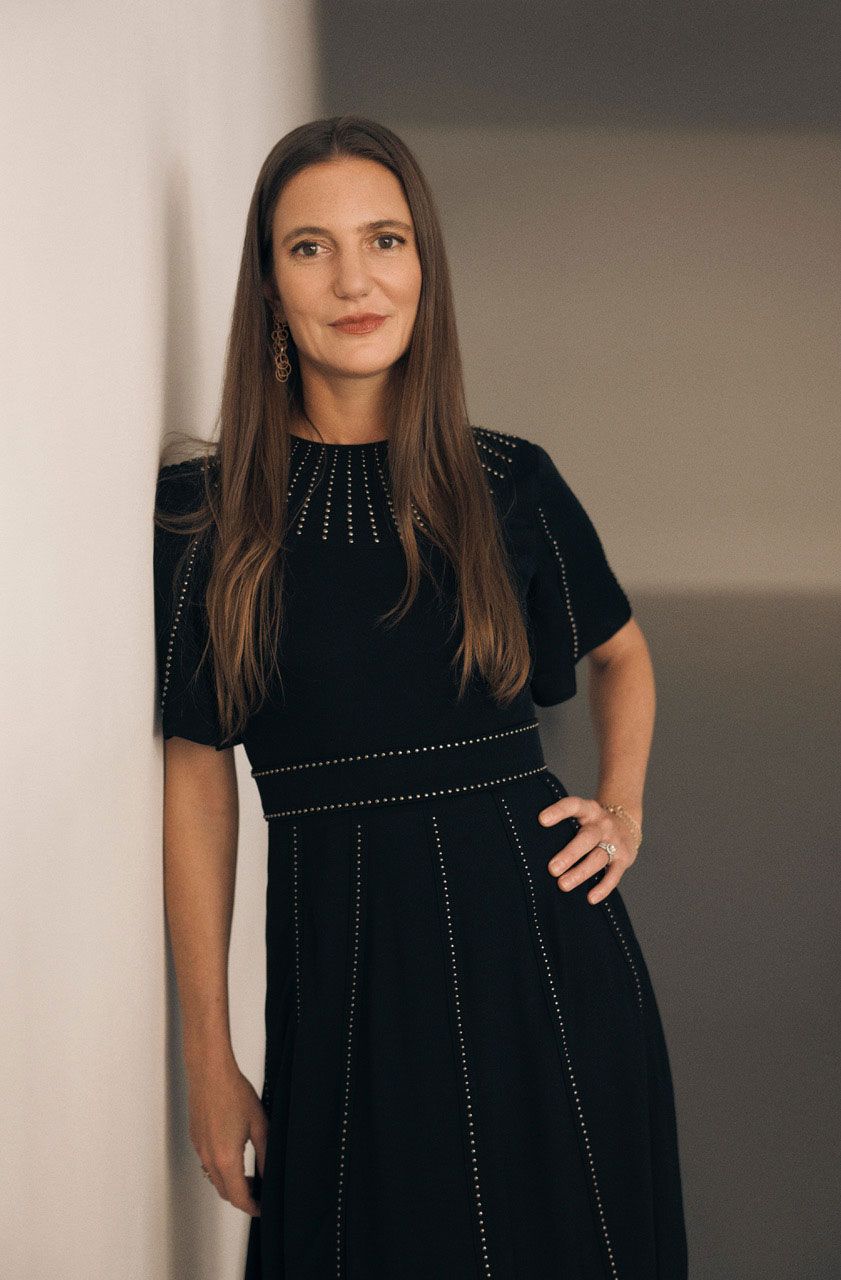 Pilar Corias, dealer
Pilar Corias, dealer
Flights (2017) by Olga Tokarczuk
“Flights interweaves reflections on travel with an in-depth exploration of the human body, broaching life, death, motion, and migration. As a person who travels a lot, I found it particularly interesting during lockdown. Being stuck at home and not being able to travel, this book brought back many moments and experiences I lived during times I could travel the world.”
 Rosie Cooper, head of exhibitions, De La Warr Pavilion
Rosie Cooper, head of exhibitions, De La Warr Pavilion
The Gentrification of the Mind: Witness to a Lost Imagination (2012) by Sarah Schulman
“Sarah Schulman’s brilliant book is about the Aids crisis in America and the resulting, heart-breaking loss of difference and complexity. Schulman deftly connects the devastation she witnessed to the homogenous gentrification of New York City, the slow erosion of collective action in society and art, and art’s relentless, depressing capitulation to the market. The book is personal, readable and angry: a vital and extremely timely reminder to protect the wild, rebellious imagination, to keep going with the will to change that catastrophe can provoke, and to fight to keep the things society needs to survive—protest, creativity and difference.”
 Tamsin Dillon, founder and director, Art in Public; curator
Tamsin Dillon, founder and director, Art in Public; curator
Performative Monuments: The Rematerialisation of Public Art (2014) by Mechtild Widrich
Afterglow: A Dog Memoir (2017) by Eileen Myles
“I’m always looking for reading material that can help me unravel the complexities of art presented or performed in, and for, public spaces. This book was recently recommended to me during a conversation I was having with someone about the value of monuments through history; permanence vs ephemerality in contemporary art practice; the difference between a practice that could be defined as ‘public art’ compared with any other kind of art practice; and why that distinction continues to be made. Monuments continue to be part of that discussion and with this book the author is examining what she sees as a shift from ‘the monument as authoritarian colossus to harnessing its concrete social force’ by looking at key performance practices such as Valie Export and Marina Abramović.
Another book I’m going to delve into is Afterglow by the poet Eileen Myles, a portrait of a dog they adopted as a puppy from the street and who became central to their life and their art.”
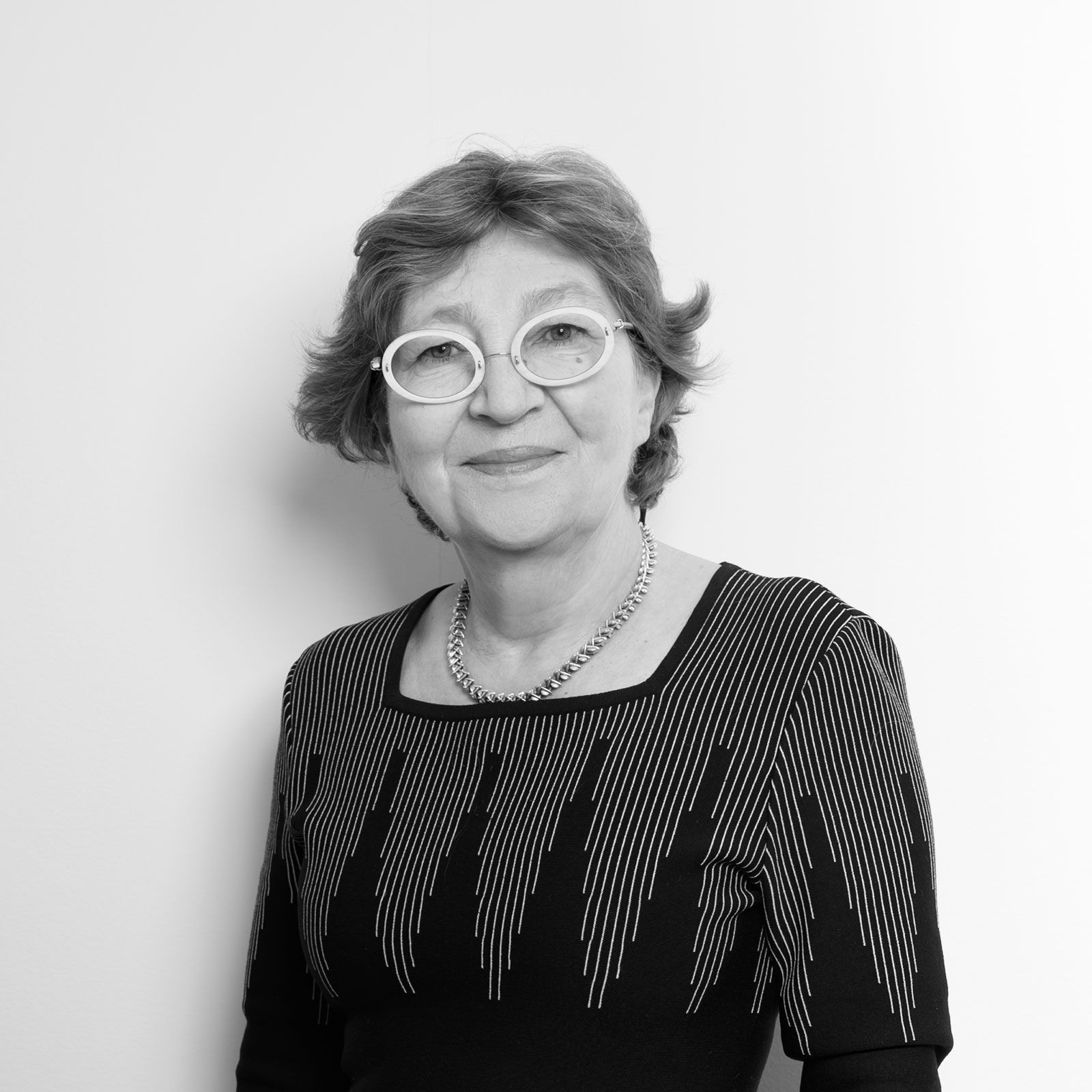 Caroline Bourgeois, chief curator, Pinault Collection
Caroline Bourgeois, chief curator, Pinault Collection
La Solitude Caravage (2020) by Yannick Haenel
David Hammons: Bliz-aard Ball Sale (2017) by Elena Filipovic
“This French-language novel starts with the experience of a teenager discovering a black and white picture of Caravaggio’s Judith and Holofernes in a book borrowed from the school library. He falls in love with the painting which will in a way change his life, as he later goes on to discover all of Caravaggio’s works. This story, full of suspense, is both a self-portrait of the author and a biography of the artist.
Bliz-aard Ball Sale has as its starting point the US artist David Hammons’ famous performance when he sold snow balls in the street of Harlem in 1983. From that point, Elena Filipovic begins researching his life and work, giving us one of the more comprehensive studies—possibly the only one—on this little known artist. It also reads like a novel.”
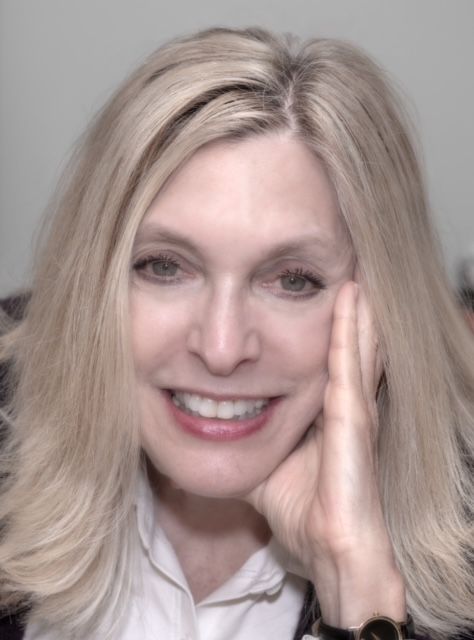 Linda Komaroff, curator of Islamic Art, Los Angeles County Museum of Art
Linda Komaroff, curator of Islamic Art, Los Angeles County Museum of Art
Epic Iran, 5000 Years of Culture (2021) by John Curtis, Ina Sarikhani Sandmann and Tim Stanley
“An easy choice. It is very well written, has great images, and is, for me, a different approach to looking at familiar works of art.”
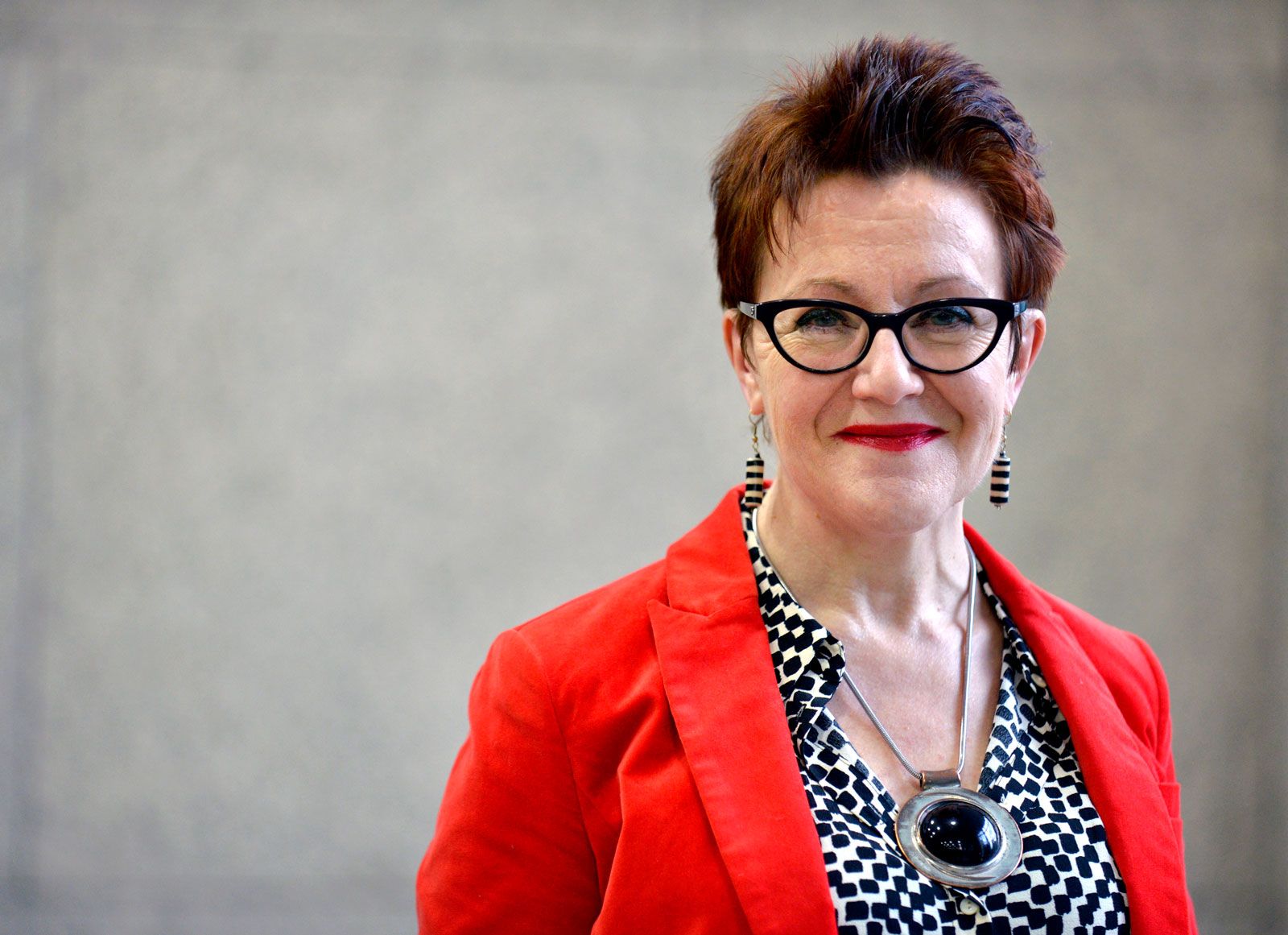 Rosie Goldsmith, director, European Literature Network; editor-in-chief, The Riveter magazine
Rosie Goldsmith, director, European Literature Network; editor-in-chief, The Riveter magazine
Painting Time (2021) by Maylis de Kerangal
“Painting Time is the fifth novel by one of France’s most gifted and lauded writers. Whether she’s writing about heart surgery or art, de Kerangal’s research is so thorough and her insight so profound that you believe she must be a surgeon or painter. In this superb novel of growing up, friendship and creativity, the protagonist Paula Karst learns the decorative art of trompe l’oeil. We follow her as she works on film sets for Cinécitta in Rome and on replicas of the Lascaux caves, ‘where art began’. An intoxicating read and itself a masterpiece.”
Source link : https://www.theartnewspaper.com/blog/the-best-art-books-for-summer-as-recommended-by-curators-directors-and-dealers












